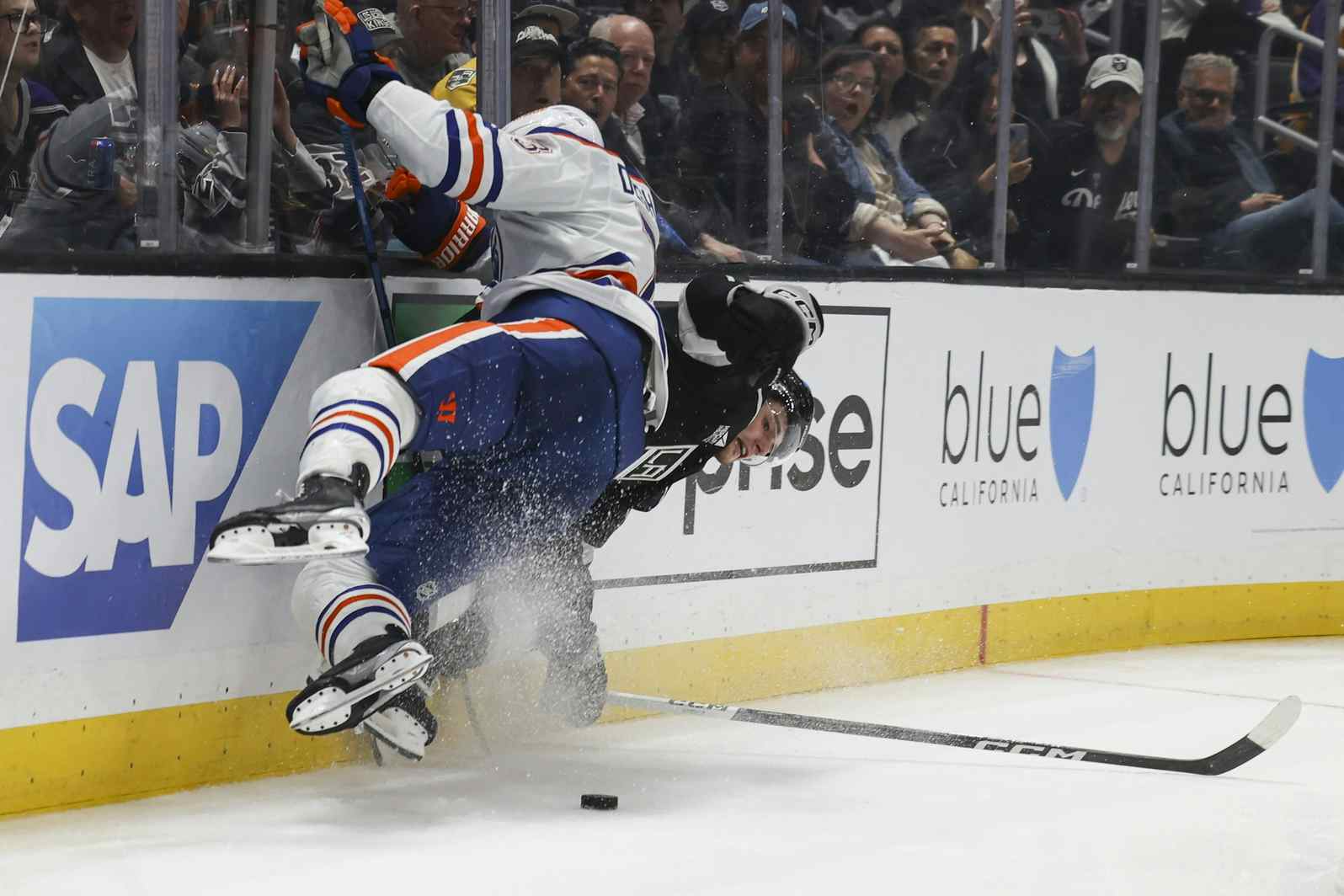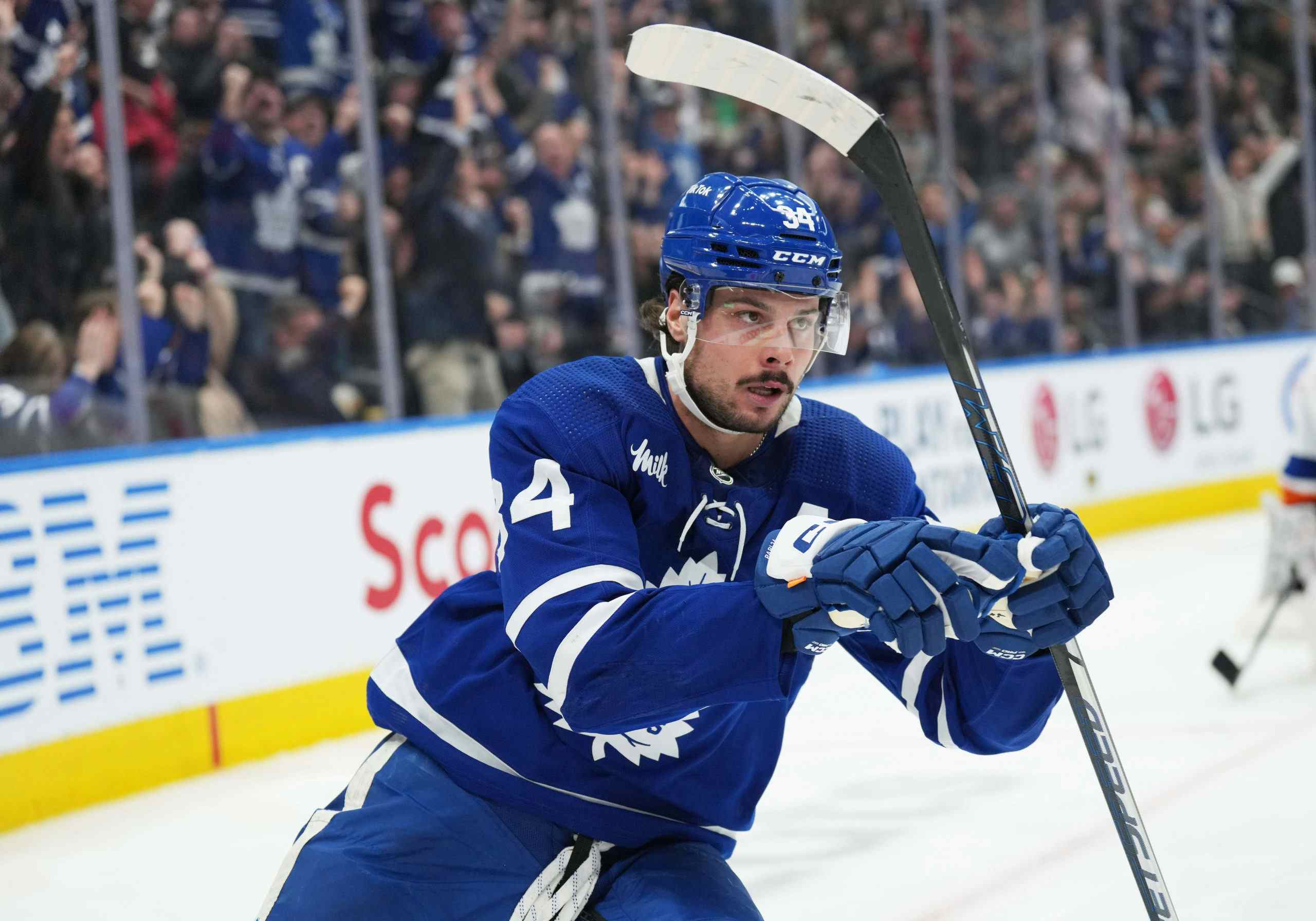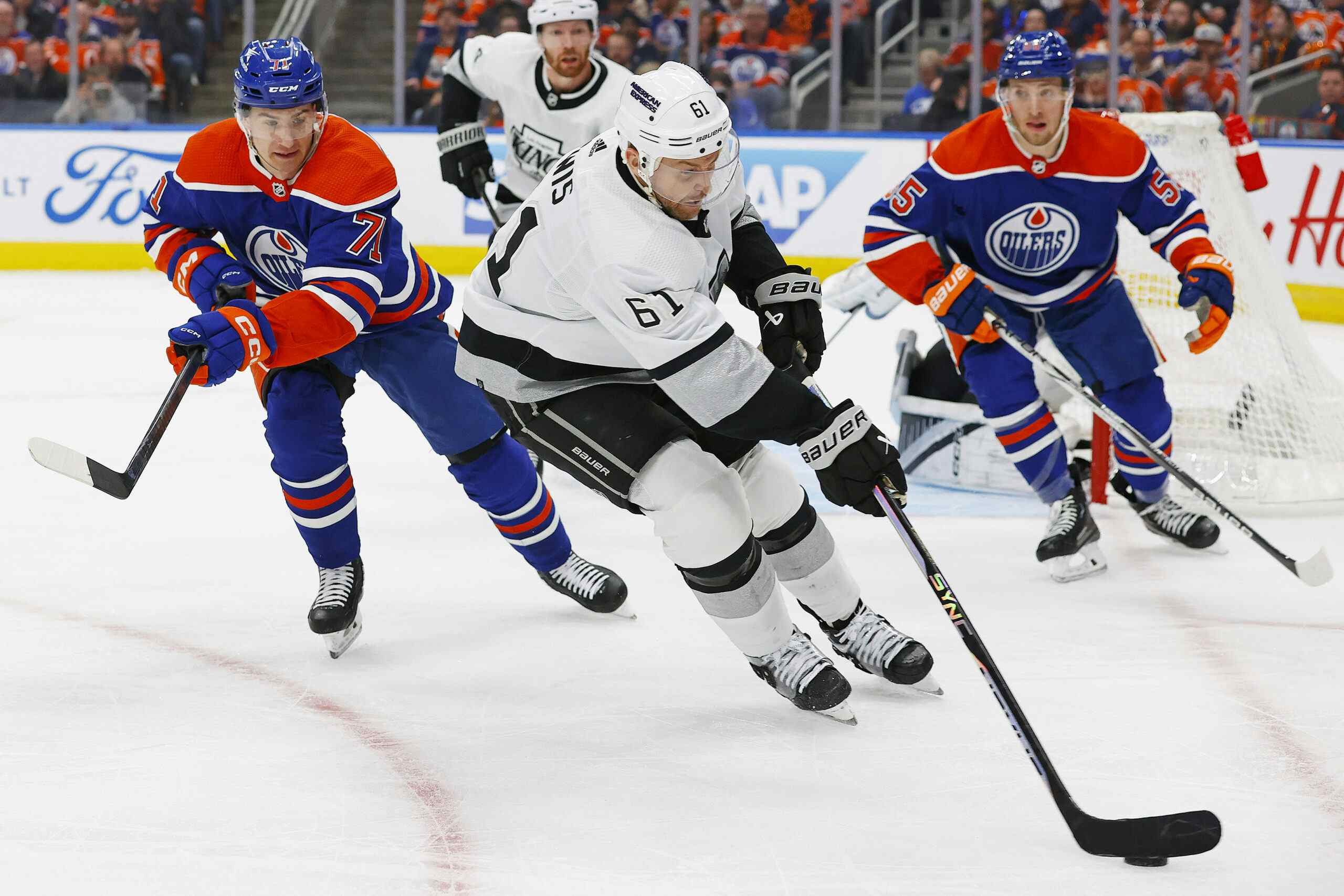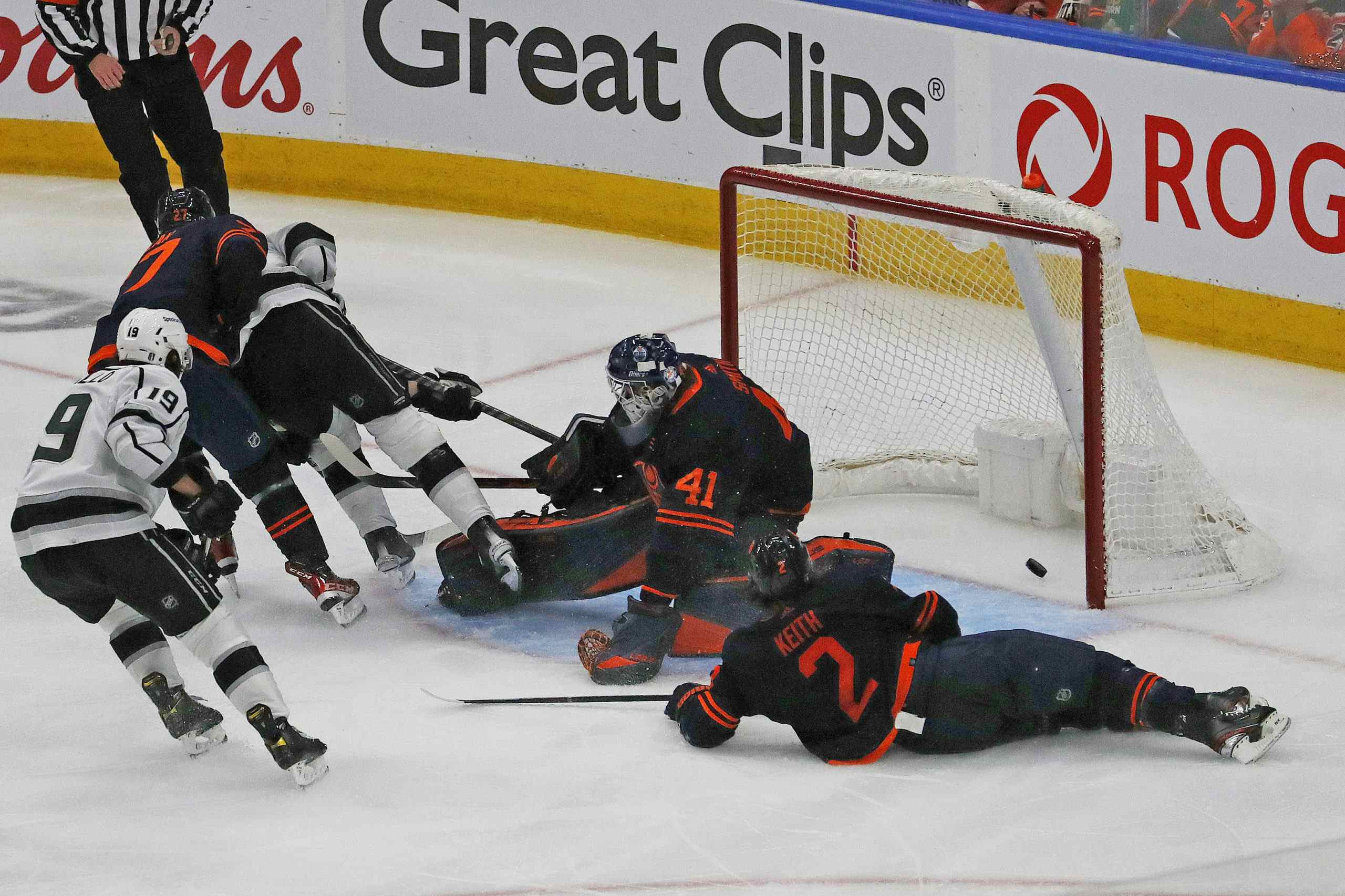Theo Peckham and NHL Concussion Protocols

In today’s game against the Columbus Blue Jackets, defenseman Theo Peckham suffered what Tom Renney confirmed as a concussion on a hit from Rick Nash. In and of itself, that’s unfortunate but not uncommon in the NHL.
What’s more interesting is the fact that between taking the hit and being removed from the game, Peckham played five more shifts.
Does the fact that Peckham was allowed to play after taking the hit from Nash show that the Oilers are ignoring the NHL’s official concussion protocols?
It all depends on whether or not the NHL Protocol for Concussion Evaluation and Management was activated. Last March, the league overhauled the protocol, requiring a player to be removed under the following conditions:
The NHL Protocol for Concussion Evaluation and Management has been revised in three areas: 1) Mandatory removal from play if a player reports any listed symptoms or shows any listed signs (loss of consciousness … Motor incoordination/balance problems … Slow to get up following a hit to the head … blank or vacant look … Disorientation (unsure where he is) … Clutching the head after a hit … Visible facial injury in combination with any of the above).

Assuming that the signs/symptoms weren’t there for Peckham, that leaves us a couple of other potential triggers. Peckham was slow to get up, but Nash’s hit wasn’t to his head; Nash hit the body and Peckham’s head hit the boards. He also didn’t clutch his head, because he was sort of spread-eagled on the ice after the play.
Now, those strike me as rather thin hairs to be splitting; it seems to me that because Peckham stayed down so long after visibly hammering his head on the boards, the NHL’s concussion protocol should have been triggered. Then again, I’m looking at reports on the concussion protocol (albeit from the Maple Leafs’ official website) rather than the protocol itself, and what I don’t know about head injuries is a lot, so it’s certainly possible I’m missing something.
What does seem clear is that the NHL’s concussion protocol wasn’t activated in this case, because the protocol requires a player suspected of suffering a concussion to go to the “quiet room” and be assessed by the team doctor using version two of the Sports Concussion Assessment Tool (also known as SCAT 2). It takes quite some time to go through the test; if you don’t believe me on that you’re welcome to look at the test in its entirety (there’s a shorter explanation here).
Theo Peckham was on the ice roughly two and a half minutes later in the game after taking the Nash hit. In real time (starting from the moment Peckham started down the tunnel to the moment he was back in camera view on the ice), Peckham was gone for less than five minutes. It strikes me as implausible that he met with the doctor, went through the entire test, was cleared to return, and then got back on the ice in that span of time. Fifteen minutes is the commonly cited time frame required.
Of course, this is hardly new to the NHL; almost immediately following the implementation of the modified concussion protocol came complaints that teams were not following the new rules. It does make me wonder, however, if the Oilers’ medical staff responded correctly to the hit on Peckham, and if so how he could be allowed to come back and play five shifts before being ruled out with a concussion.
Recent articles from Jonathan Willis





